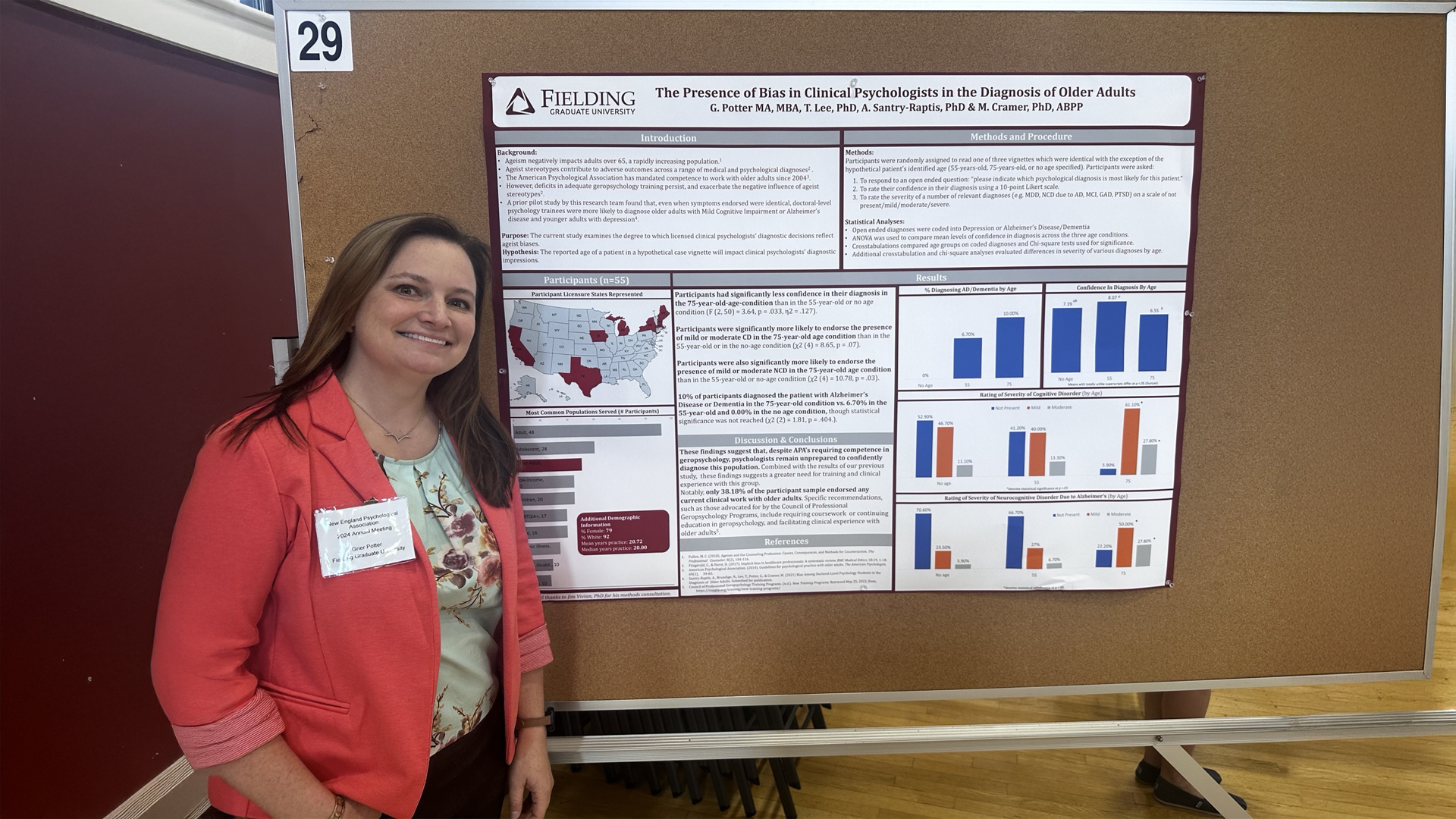Technology strategies that don’t teach media literacy will likely fail our kids.
Key points
- Social media amplifies existing challenges like bullying, peer pressure, and FOMO; it does not create them.
- Less than half of U.S. states have media literacy legislation, leaving many students unprepared.
- Kids’ social development makes them vulnerable to online influence, requiring targeted education.
Media literacy is finally getting some long-overdue attention. Whether it’s the rising awareness of political disinformation, the threat of AI, Russian hackers, or cellphones in the classroom, discussions about media literacy are on the uptick. In September, the APA Monitor joined the fray arguing for equipping K-12 students to identify misinformation and manipulative content. Evidence shows that children are confident in their ability to identify false news but are ill-equipped to evaluate source validity (Zozaya-Durazo et al., 2024). Across the U.S., media literacy is slowly working its way onto the agendas of elected officials. The adoption and implementation in the classroom, however, lags far behind.
It may surprise you to know that the definition of media literacy predates the 1993 arrival of the internet. It came from a 1992 National Association for Media Literacy (NAMLE) meeting, where it was defined as the ability to access, analyze, evaluate, create, and act using all forms of communication. Little did they know how extensive that would become.
Social media platforms emerged a few years later, starting with Six Degrees in 1996, MySpace in 2003, and Facebook in 2004, completely disrupting communications and the world as we knew it. The digital world transformed consumers into media creators and distributors with no barrier to entry, and society was largely unprepared for the implications—both good and bad. Media literacy today still suffers from definitional indigestion, struggling to keep up with the range of applications, but at its most inclusive, it includes media and social media literacy, digital literacy, information and news literacy, digital citizenship, and digital wellness.
Technology Panic vs. Teaching Digital Skills
The impetus for providing kids with media literacy skills often gets lost in the moral panic over technology and kids. Fear has overrun reason, and people can’t decide whether to blame social media, mobile devices, tech companies, or the internet. They are preoccupied with claims that technology and social media are the causes of adolescent mental health issues despite the weak associations, lack of consistent definitions, and absence of meaningful causal evidence (Odgers, 2024; Orben et al., 2024; Valkenburg et al., 2022). In response, too many solutions are “ostrich” proposals that want to suppress access, ban devices, shut down social media, and sue tech companies but don’t address more fundamental issues.
For many, the messaging laying all our problems at the feet of social media “feels right” and is more persuasive than facts. It sells more books. In a chaotic world, we seek certainty. Politicians take advantage of this by revving up anxiety and fear to get votes, just like algorithms take advantage of FOMO to generate clicks. Taking action can make us feel better. But if we’re hoping for results, fear-based reactions will likely leave us disappointed. They will do little for the anxious generation of parents who are ignoring two important facts: 1) technology isn’t going away, and 2) kids are going to use it. Focusing on suppression rather than education leaves the kids unprepared and vulnerable.
Social Media Didn’t Invent Bullies, FOMO, or Peer Pressure
Policies that impose age limits on social media access and limit devices during school to minimize distractions can be helpful but are incomplete solutions. What happens after 3 p.m. when the school bell rings? Social media didn’t invent bullies (Whitney & Smith, 1993), the shift to consumerism and the lack of teen’s impulse control (Babbitt & Burbach, 1990), or the overwhelming effect of peer pressure to conform to social norms, especially on females (Brown, 1982). Social media platforms may be a new battleground, but they are not the source.
Unfortunately, many current proposals overlook the need to teach kids how to manage these challenges. Why aren’t we preparing kids to use technology by giving them the skills to deal with bullies, understand their innate emotional responses to ‘likes’ and FOMO, challenge misinformation and inauthenticity, and bust the myth of multitasking? In all the regulations, proposals, and movements to restrict social media access, take away phones, and limit technology use, there is frighteningly little attention paid to preparing kids to make good decisions when they will, inevitably, get online.
Snail’s Pace Adoption of Media Literacy in Schools
Some states are beginning to address media literacy in legislation, but few do more than establish task forces that are supposed to recommend curriculum changes. The U.S. has 50 states, but less than half have passed or have pending legislation to address media literacy. Mandating a commission to develop media literacy standards is a start but doesn’t prepare teachers to deliver content where it’s needed in every K-12 classroom. They need it now—not two years from now.
You Can Build Media Literacy Skills
On the bright side, people increasingly recognize that media literacy is about a lot more than kids who like to watch TikTok when they should be paying attention in class. The rapid development of AI and increasing attention to the amount of misinformation online have helped normalize the acceptance of media literacy as a core skill. Fake news gets headlines like the viral AI-altered images of Taylor Swift endorsing Trump, but recognizing misinformation is only a small part of media literacy. Social media is powerful because of our innate emotional response to social cues that lower cognitive resistance and increase persuasion. Kids’ young brains are especially vulnerable. Developmentally, their brains are socially focused on figuring out who they are and how they fit in the world, causing them to prioritize being liked and included today over longer-term goals.
While suggestions to limit excessive device use, increase face-to-face socialization, and engage in outdoor play are beneficial, they do not build the core skills that will keep kids safe offline and are fundamental to well-being and life success: good citizenship, critical thinking, self-awareness, self-control, self-respect, and empathy. Those things take teaching, whether you are online or outside. They also overlook the kids who do not have access to outdoor play and parental supervision, putting them at even greater risk online (Wijtzes et al., 2014).
Media literacy is an essential life skill that, once learned, can be applied to any content, from AI-generated content and conspiracy theories to Instagram filters. While you’re waiting for public education to catch up, numerous resources are available to parents and educators to help foster these skills at home. Sites like Cyberwise.org, CommonSenseMedia.org, or MediaLiteracyNow.org offer everything from family technology contracts and discussion guides to easy activities you can do with your kids at home to build media literacy skills.
Want to keep up with Dr. Pam Rutledge? Sign up for her newsletter: https://drpam.substack.com.
This article also appeared on PsychologyToday.com.
References
Babbitt, C. E., & Burbach, H. J. (1990). A comparison of self-orientation among college students across the 1960s, 1970s and 1980s. Youth & Society, 21(4), 472-482. https://doi.org/10.1177/0044118X90021004003
Brown, B. B. (1982). The extent and effects of peer pressure among high school students: A retrospective analysis. Journal of Youth and Adolescence, 11(2), 121-133. https://doi.org/10.1007/BF01834708
Odgers, C. L. (2024). The great rewiring: Is social media really behind an epidemic of teenage mental illness? Nature, 628(8006), 29-30.
Orben, A., Meier, A., Dalgleish, T., & Blakemore, S.-J. (2024). Mechanisms linking social media use to adolescent mental health vulnerability. Nature Reviews Psychology, 3(6), 407-423. https://doi.org/10.1038/s44159-024-00307-y
Valkenburg, P. M., Meier, A., & Beyens, I. (2022). Social media use and its impact on adolescent mental health: An umbrella review of the evidence. Current Opinion in Psychology, 44, 58-68.
Whitney, I., & Smith, P. K. (1993). A survey of the nature and extent of bullying in junior/middle and secondary schools. Educational Research, 35(1), 3-25. https://doi.org/10.1080/0013188930350101
Wijtzes, A. I., Jansen, W., Bouthoorn, S. H., Pot, N., Hofman, A., Jaddoe, V. W. V., & Raat, H. (2014). Social inequalities in young children’s sports participation and outdoor play. International Journal of Behavioral Nutrition and Physical Activity, 11(1), 155. https://doi.org/10.1186/s12966-014-0155-3
Zozaya-Durazo, L. D., Sádaba-Chalezquer, C., & Feijoo‐Fernández, B. (2024). “Fake or not, i’m sharing it”: Teen perception about disinformation in social networks. Young Consumers, 25(4), 425-438. https://doi.org/10.1108/YC-06-2022-1552
Join Over 7,500 Fielding Alumni Located Around The World!
Change the world. Start with yours.™






Get Social